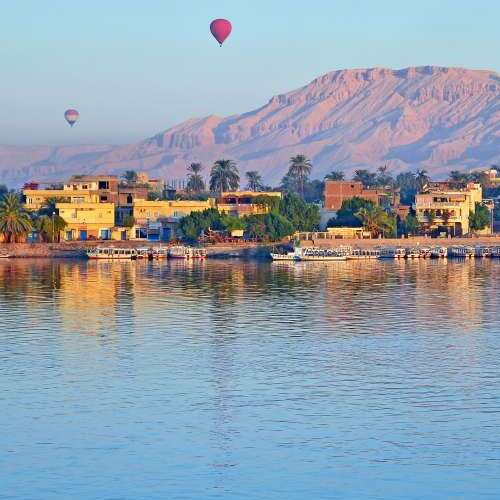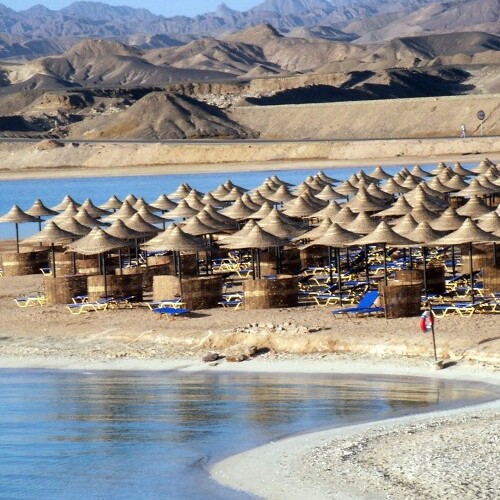No other nation in the world says ‘Welcome’ as often as the Egyptians, and every time, they mean it. While the ancient civilization of Egypt continues to amaze, contemporary Egyptians are equally remarkable.
Places
Exploring Safaga: A Coastal Gem with a Tale to Tell
Safaga, a bustling port town on Egypt’s Red Sea coast, serves as a vital hub for both the export of local phosphates and as a major ferry terminal to Saudi Arabia. During the hajj, it transforms into a pilgrimage gateway, where thousands from the Nile Valley begin their sacred journey to Mecca.
Beyond the Port: A Contrast of Beauty and Industry
While Safaga’s heart beats with industrial vigor, it’s juxtaposed against the stunning turquoise waters and vibrant reefs that lie just offshore. The town itself, with its pragmatic, grid-like streets, may not immediately captivate with aesthetic charm – its urban landscape sometimes marred by litter and the arid bustle of a working town. However, for enthusiasts of windsurfing, diving, and beachside relaxation, the northern resort strip of the bay offers a tantalizing escape.
The Main Thoroughfare: Gateway to Adventure
Safaga unfolds along Sharia al-Gomhuriyya, a main artery paralleling the waterfront and stretching towards the northern end of the town. Here, near a roundabout adorned with striking dolphin sculptures, a road branches off, leading adventurers to the resort area, where the town’s leisurely side comes to life.
Windsurfing and Water Sports: A Haven for Enthusiasts
Safaga’s reputation as a premier destination for windsurfing is well-earned. Blessed with a consistent northern wind, the town is a playground for aquatic sports. Resort hotels along the coast boast comprehensive windsurfing centers, along with facilities for kitesurfing and other water-based activities, making it a magnet for thrill-seekers and ocean lovers.
Diving into Safaga's Underwater Wonders
Panorama Reef: This diving site is a spectacle of marine life, known for its schools of barracuda, playful dolphins, elegant eagle rays, and the occasional sighting of grey reef and silver tip sharks. The reef offers a range of depths from 3m to 40m, making it an exciting spot for intermediate divers, accessible only by boat.
Salem Express: The Salem Express stands as a somber underwater monument. This passenger ferry’s tragic sinking in 1991, taking with it hundreds of pilgrims returning from the hajj, imbues the site with a solemn reverence. Divers exploring this watery graveyard, lying at depths between 15m and 30m, are reminded of the solemnity and respect due to this site.
Created On March 18, 2020
Updated On Aug , 2024



